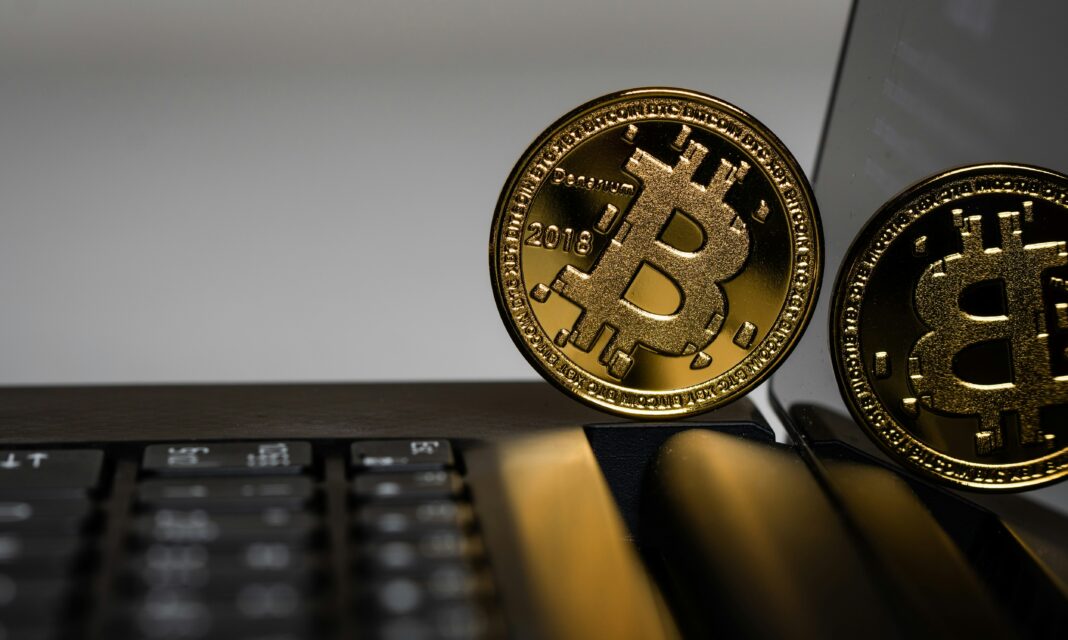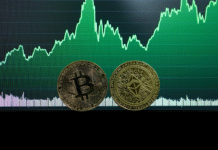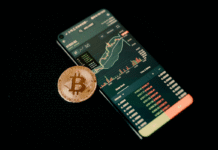Central Banks Are Hoarding Gold Like It’s 1971
Gold hit record highs above $2,700 an ounce.
The media focused on the price. I focused on the buyers.
What I found suggests we’re missing the real story. Central banks aren’t just buying gold. They’re stockpiling it at levels not seen since Nixon ended the gold standard in 1971.
The question isn’t why gold is rising. It’s what these institutions know that we don’t.
The $382 Billion Signal
Central banks purchased over 1,045 tons of gold in 2024. That represents the third consecutive year above 1,000 tons, a feat not seen since the 1970s.
This buying spree totaled $382 billion in value.
These institutions don’t make emotional decisions. They operate on decades-long strategic horizons, managing national reserves methodically.
When they move in unison, they’re responding to structural shifts others haven’t seen.
The Numbers Don’t Lie
Here’s what the data reveals. Global gold demand hit 4,974 tons in 2024, achieving 40 record highs throughout the year.
India’s Reserve Bank quadrupled purchases to 73 tons. Poland added 68 tons. Turkey accumulated 72 tons.
These emerging market central banks now dominate global gold acquisition, showing a shift in how they manage reserves.
They’re diversifying away from dollar-denominated assets consistently.
But this isn’t random diversification. It’s coordinated preparation.
Wall Street Sees $6,000 Gold
JPMorgan forecasts gold reaching $3,675 per ounce by Q4 2025, with potential climbs toward $4,000 by mid-2026.
Their most striking projection suggests just a 0.5% reallocation of foreign-held US assets into gold could drive prices to $6,000 by 2029.
That represents an significant surge from current levels.
Goldman Sachs raised their forecast to $3,100 by end-2025, noting that every 100 tonnes of physical demand lifts gold prices by at least 2.4%.
These aren’t wild predictions. They’re mathematical projections based on supply constraints and institutional demand patterns.
The Retail Investor Blind Spot
While central banks quietly accumulate, retail investors chase tech stocks and crypto.
The disconnect is stark.
Central banks operate with geopolitical intelligence and economic modeling capabilities that individual investors simply cannot access. Their coordinated gold accumulation suggests they’re preparing for scenarios that aren’t public yet.
The question becomes whether individual portfolios should mirror institutional behavior or maintain current allocation strategies.
What This Means for You
Central banks don’t move $382 billion on hunches. They’re positioning for scenarios most investors haven’t considered.
The gold surge to record levels represents more than inflation protection. It’s institutional preparation for systemic instability.
Three things to consider:
Portfolio allocation: Traditional 5-10% gold allocation may be outdated when institutions hold 20% of reserves in gold.
Timing matters: Waiting for confirmation means buying after institutions have already positioned.
Physical vs. paper: Central banks buy physical gold, not ETFs. There’s a reason for that distinction.
The smart money has spoken. The question is whether you’re listening.







